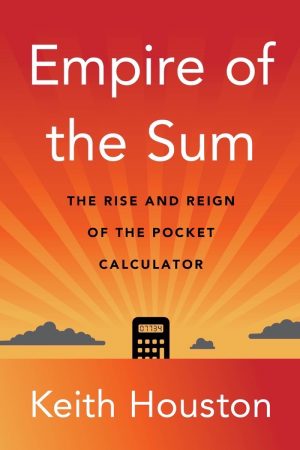Whether or not you’re a fan of math, we’ve always had a need to count things. Maybe it’s to figure out the maximum weight an airplane can safely hold, or the appropriate amount to tip after a meal, or the exact number of minutes in a year so you can accurately write the soundtrack to the hit Broadway musical RENT.
Keeping track of numbers has always been part of what makes us human. So at some point along the way, we created a tool to help us keep count, and then we gave that tool a name. We called it: a calculator. But depending on what era you were born in, and maybe even what country, what constituted a ‘calculator’ varied widely. Some kids had calculator watches — so cool, right?!
 But there were also slide rules, metal adding machine, and if you go back far enough, to a time before written numbers even existed: we have the abacus, tally stick, or simply counting things up on our own digits. Regardless of the form it took though, what’s clear is this: without the calculator, our built world as we know it just would not exist. Even now, though few of us own dedicated calculating devices as such, we still use calculators in disguise in the form of spreadsheets. In one form or another, they’re persistently essential devices, likely to stick around, well, forever, in one form or another.
But there were also slide rules, metal adding machine, and if you go back far enough, to a time before written numbers even existed: we have the abacus, tally stick, or simply counting things up on our own digits. Regardless of the form it took though, what’s clear is this: without the calculator, our built world as we know it just would not exist. Even now, though few of us own dedicated calculating devices as such, we still use calculators in disguise in the form of spreadsheets. In one form or another, they’re persistently essential devices, likely to stick around, well, forever, in one form or another.
Keith Houston wrote about the evolution of the calculator in his latest book, Empire of the Sum The Rise and Reign of the Pocket Calculator. It is exactly the kind of nerdery we like to get up to here at 99% Invisible — history explained through the lens of an everyday designed object. But his book (like our show) doesn’t stop at the mechanical devices we all know and love today, instead delving deep into the history of counting. (I mean, this is a guy who also wrote Shady Characters: The Secret Life of Punctuation, Symbols, and Other Typographical Marks — definitely our kind of nerdy enthusiast!).




Comments (2)
Share
Loved the episode, thank you! Hear in Australia pocket calculators are still prescribed equipment for school students and university students doing subjects involving statistics. My son who is doing a bachelor of sport science has had to have is calculator verified by the university and a label attached to show it complies with their anti-cheating guidelines.
When I entered college as a physics major in 1972, it was forbidden to use calculators during tests. It was not because they were thought to be some kind of pernicious crutch for weak minds, but because most students couldn’t afford the 300-400 TI-83 or HP-45s that were the favored ones.
I used my father’s slide rule, a Keuffel and Esser 12 inch log-log deci-trig. He had used it at West Point, where students had to “recite” by working a problem on the blackboard with white chalk, and then correct all the mistakes with red chalk, The ends of the slide rule were stained red from the chalk, so Dad told me it would serve me well, since all the right answers were still on it.